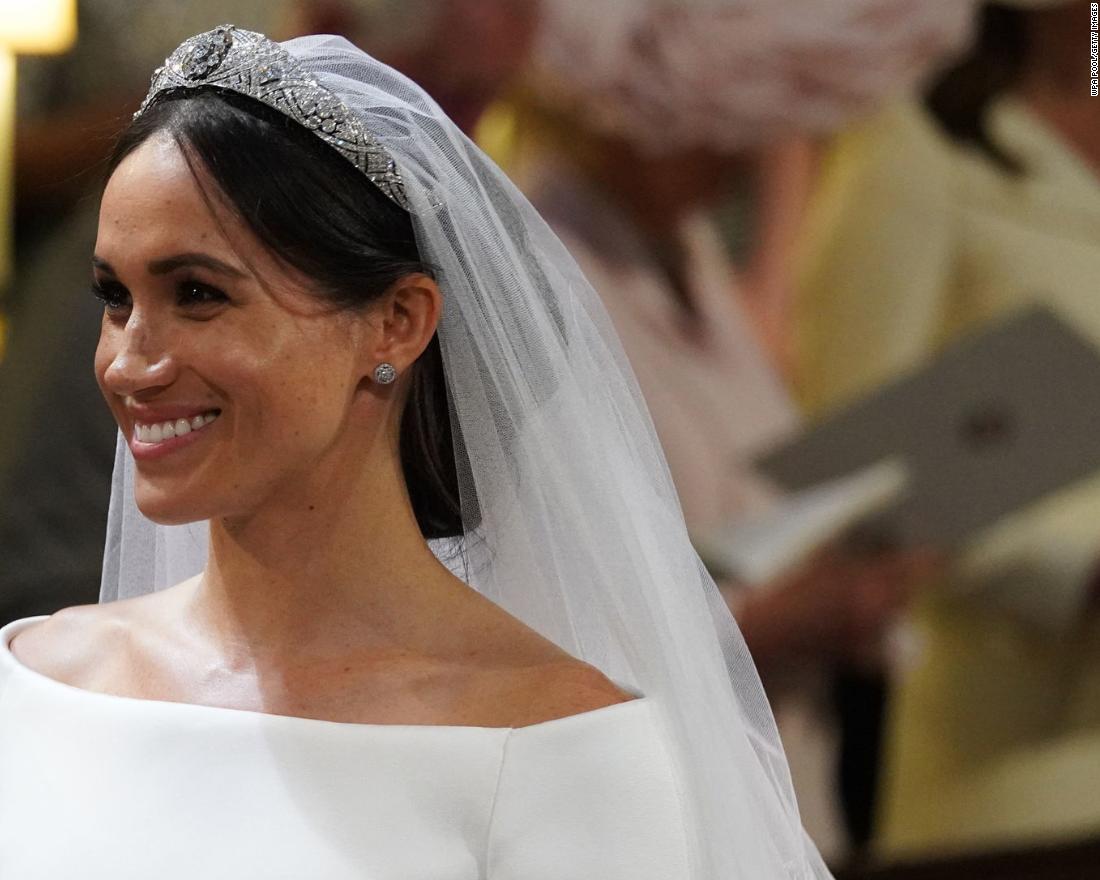FORMAL EXPRESSIONS IN NEWS:
Royal Family expresses thanks after Harry and Meghan's radical day
For Harry and Meghan, it was the morning after the night before. For the rest of Britain, it was a day
to reflect on an electrifying wedding that's being
hailed as a transformative moment for the British monarchy.
The l
ast public glimpse of the couple, now the Duke and Duchess of Sussex, was on Saturday evening when Meghan and Harry swept out of Windsor Castle in a vintage Jaguar convertible and drove south to Frogmore House, where Harry's father, Prince Charles,
hosted an evening reception for 200 of the couple's friends and family.
Fireworks lit up the sky as guests, including the tennis star Serena Williams and the Bollywood actress Priyanka Chopra, celebrated alongside members of the Royal Family.
Meghan
is understood to have made a speech at the party -- another break with tradition in what was a royal wedding like no other. Saturday's ceremony featured a rousing, fiery address from Chicago bishop Michael Curry, a gospel choir plus a diverse array of guests from blue-blood royals to Hollywood celebrities.
"
By having so many multi-cultural elements in the ceremony, finally we had a royal occasion that not only represented modern Britain but sent a real positive message to the world," Sandro Monetti, a British journalist now based in Los Angeles, told CNN.
"Small details can have a big impact. Finally the royals are in the 21st century and look young, vibrant and cool again."
The Royal Family thanked everyone who supported the wedding,
from the more than 100,000 who came to Windsor
to those who followed the day from around the world
For the evening reception, Meghan changed from her boat-neck Givenchy wedding gown into a bespoke, lily-white Stella McCartney high-necked dress. She also wore an emerald-cut aquamarine ring that once belonged to Harry's mother, the late Diana, Princess of Wales. Harry switched into black- ie after wearing military dress during the ceremony.
Harry drove Meghan to the wedding in a vintage Jaguar E-Type Concept Zero. It was originally built in 1968 but has recently been converted to electric power. It bore the number plate E19 05 18 -- the date of the wedding.
Few details were released about the after party, but some of the celebrity invitees, including Williams, shared pictures of their own outfit changes on Instagram. CNN's Max Foster had said it was likely to go late into the night. "You know, Harry's a bit of a party animal. We know that."
Huge crowds had descended on Windsor, west of London, to catch a glimpse of Harry and Meghan and soak up the party atmosphere.
Viewing parties were also held across the United States, including at Markle's former school in California, Immaculate Heart High, an all-girls private Catholic school in Los Feliz. Students showing up in their pajamas as early as 2 a.m. to snag a spot in the school gym.
Bishop Michael Curry, the first African-American head of the Episcopal Church in the United States, who gave the powerful sermon, summed up the event's appeal.
WHAT I'VE DONE TO IMPROVE MY ENGLISH
This past week I have been studying hard for the final exams. In order to study English I have been doing practical exercises from the teacher's website, particularly rephrasing exercises. I have also watched a couple of films to practice listening skills. The film I liked the most was Captain fantastic, it was great and entretaining
SARA BAHADI


















